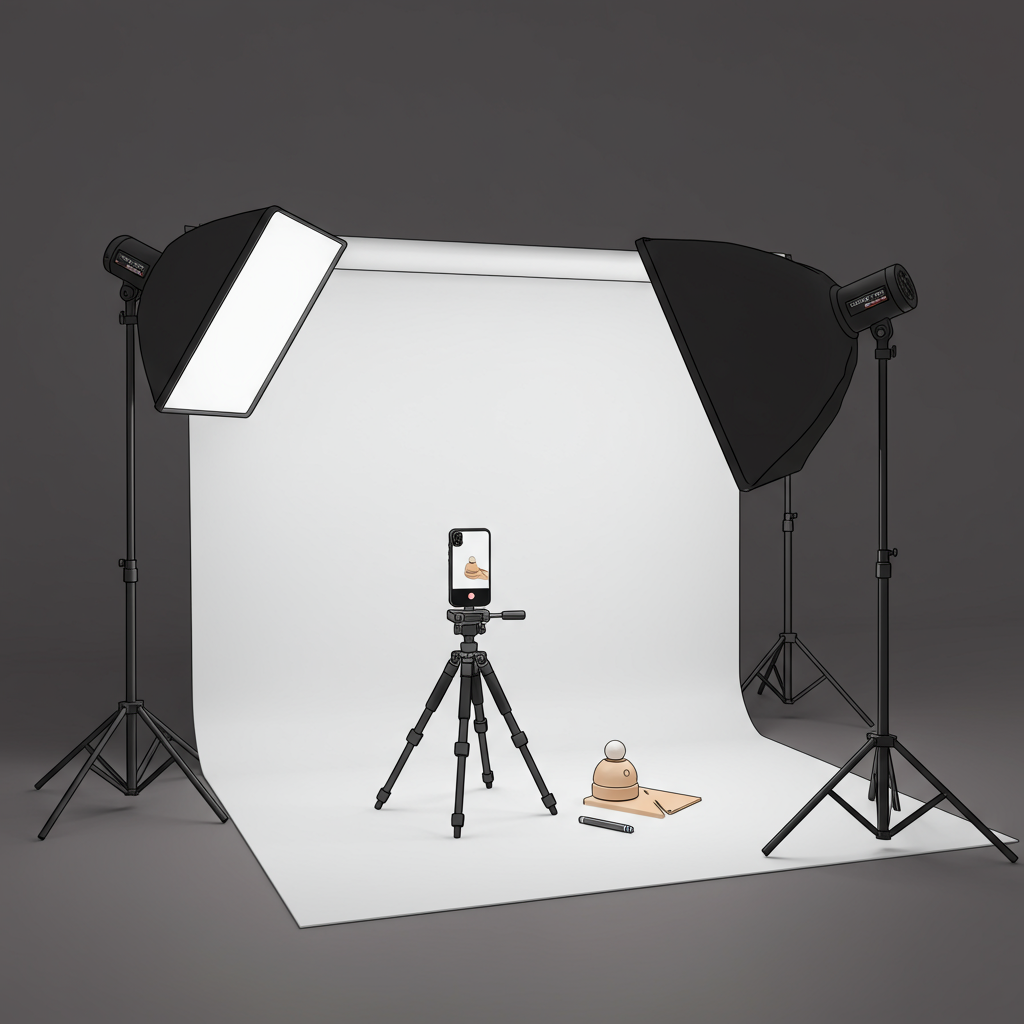Unlock the secrets to captivating product images that convert browsers into loyal customers.
Hello fellow entrepreneurs! As someone deeply involved in the world of e-commerce, particularly with Shopify, I’ve seen firsthand how crucial product photography is to online success.
It’s not just about having a picture; it’s about telling a story, building trust, and ultimately, driving sales. Your product images are your digital storefront.
Think about it: customers can’t touch, feel, or try on your products online. Their entire perception is built upon the visual information you provide.
This is why investing time and effort into high-quality product photography isn’t just a good idea; it’s an absolute necessity for any Shopify merchant.
Today, I want to share my best practices for capturing stunning product photos that will make your Shopify store shine and convert browsers into buyers.
Let’s start with the basics: your equipment. You don’t necessarily need a professional DSLR camera to get great shots anymore.
Modern smartphones, especially the latest models, come equipped with incredible cameras capable of producing high-resolution, crisp images.
However, regardless of your camera choice, a tripod is non-negotiable. It ensures sharpness, consistency, and allows for precise framing.
Next, lighting. This is arguably the most critical element in product photography. Natural light is often your best friend.
Position your product near a large window, but avoid direct sunlight, which can create harsh shadows and blown-out highlights.
Overcast days are actually ideal as they provide soft, diffused light. If natural light isn’t available, artificial lighting comes into play.
Softboxes or light tents are excellent investments. They diffuse light evenly around your product, minimizing shadows and creating a professional look.
Always aim for soft, even illumination that highlights your product’s features without creating distracting glares or dark spots.
Moving on to backgrounds: simplicity is key. A clean, uncluttered background ensures your product remains the sole focus.
White or light grey seamless paper backdrops are industry standards for a reason. They provide a neutral canvas that makes your product pop.
For lifestyle shots, ensure the background complements the product without competing for attention. Think about the environment where your product would naturally be used.
Consistency in your background choice across all products on your Shopify store also contributes to a cohesive and professional brand image.
Now, let’s talk angles and perspectives. Don’t just take one shot. Capture your product from multiple angles.
Show the front, back, sides, and top. Include close-up shots to highlight textures, materials, and intricate details.
For clothing, consider flat lays, ghost mannequins, or actual models to showcase fit and drape.
Always include a shot that provides a sense of scale, especially for items where size might be ambiguous. A common object next to it can help.
Post-production is where good photos become great. Even the best raw images benefit from a little editing.
Basic adjustments like brightness, contrast, white balance, and color correction can dramatically improve your photos.
Cropping to a consistent aspect ratio across all your product images will also make your Shopify store look much more polished.
Remember to remove any dust, smudges, or minor imperfections that might have been missed during the shoot.
Finally, optimization for Shopify. Large image files can slow down your store, impacting user experience and SEO.
Compress your images without sacrificing quality. Shopify automatically optimizes images upon upload, but pre-optimizing can give you more control.
Use descriptive alt text for every image. This is crucial for SEO and accessibility, helping search engines understand your product and assisting visually impaired users.
Consider adding product videos or 360-degree spins for a truly immersive experience, especially for high-value items.
What do you think about this article? I’d love to hear your thoughts and any tips you’ve found helpful in your own Shopify journey.
By following these best practices, you’ll not only elevate the visual appeal of your Shopify store but also build greater trust with your customers.
High-quality product photography is an investment that pays dividends in increased engagement, reduced returns, and ultimately, higher sales.
So, grab your camera (or smartphone!), set up your lighting, and start capturing those amazing product shots. Your Shopify store will thank you for it!






